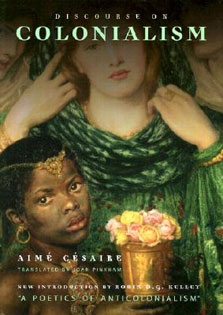FOR TEACHERS: The art and science of teaching a yoga class is extremely competitive as all teachers know. Unique and creative class designs are...
Read more
therefore essential in developing and maintaining a competitive edge. Therefore, having a set of powerful tools that can create countless versions of these unique and creative classes is imperative. This is essentially what this book provides. Once a teacher establishes a style and has taught that for several years, it is vulnerable to copying. After a teacher learns the techniques in this book, creating countless highly creative modifications becomes easy. Some of the concepts presented in the book, when designed into a class are very difficult or almost impossible to copy. This protects the creativity and uniqueness of the teacher's class design. This book provides a greater awareness of the design concepts, their relationships and modifications thereof. This book does not define actual yoga postures (you will need to use your other sources for that material). Simply put, the concepts and process is in this book define many ways on how to group, sequence and modify these postures. These will range from copying and rearranging smaller published flows to developing highly unique specialized and customized flows. There are many concepts pertaining to yoga class design that are defined in this book. Some of these concepts will be new to you. A generic template and process is suggested to fill in the template to create a class design. In a later chapter there are many progressive approaches to applying the template. These range from not using the template at all and only using individual concepts to enhance a current class design, to developing extremely complex highly creative and unique class designs. FOR STUDENTS: Students may also be interested in this book for the detailed description of the breath mechanism, the many suggestions on how to modify a posture and the many descriptions of the edge. These will help to enhance the students understanding of their own bodies and some of the more powerful universal concepts in a yoga practice. CONTRIBUTORS: Veronica Zador was a major contributor to this text and was instrumental in helping with the initial outlines and first major drafts. Dawn Priebe is another major contributor because she was my teaching mentor and contributed some key concepts for the book. Proofreaders, Lindsay Cole and June Hayes REVIEWERS: Professor Nigel Palastanga , "This book ... is a handbook for practitioners who wish to put together a template for a class they plan to run. ...... A colleague of mine who is a qualified yoga practitioner (and a senior physiotherapist) confirms that the style of the book allows for the autonomy of individual yoga teachers, and encourages them to use their own individual styles, and to work to their own strengths. .... The template offered for use in class design is user-friendly ... " Professor Nigel Palastanga MA, BA, FCSP, DMS, DipTP, FHEA Pro Vice Chancellor, University of Wales, formerly Director of Physiotherapy Education, Cardiff University UK Author of the Book , Anatomy and Human Movement
Hide more




